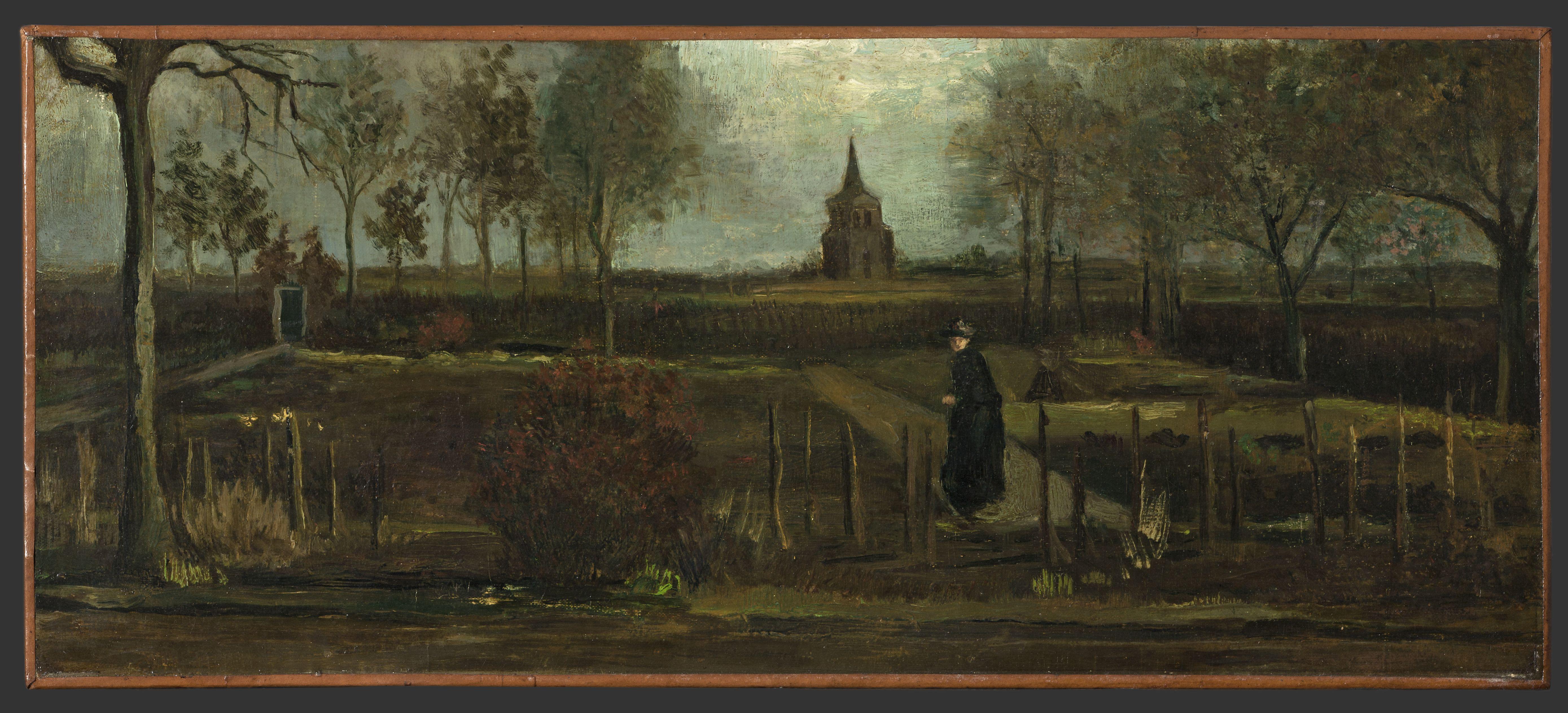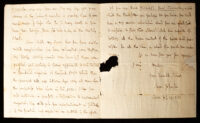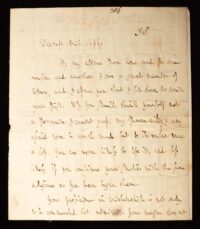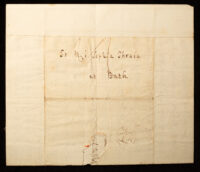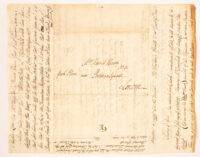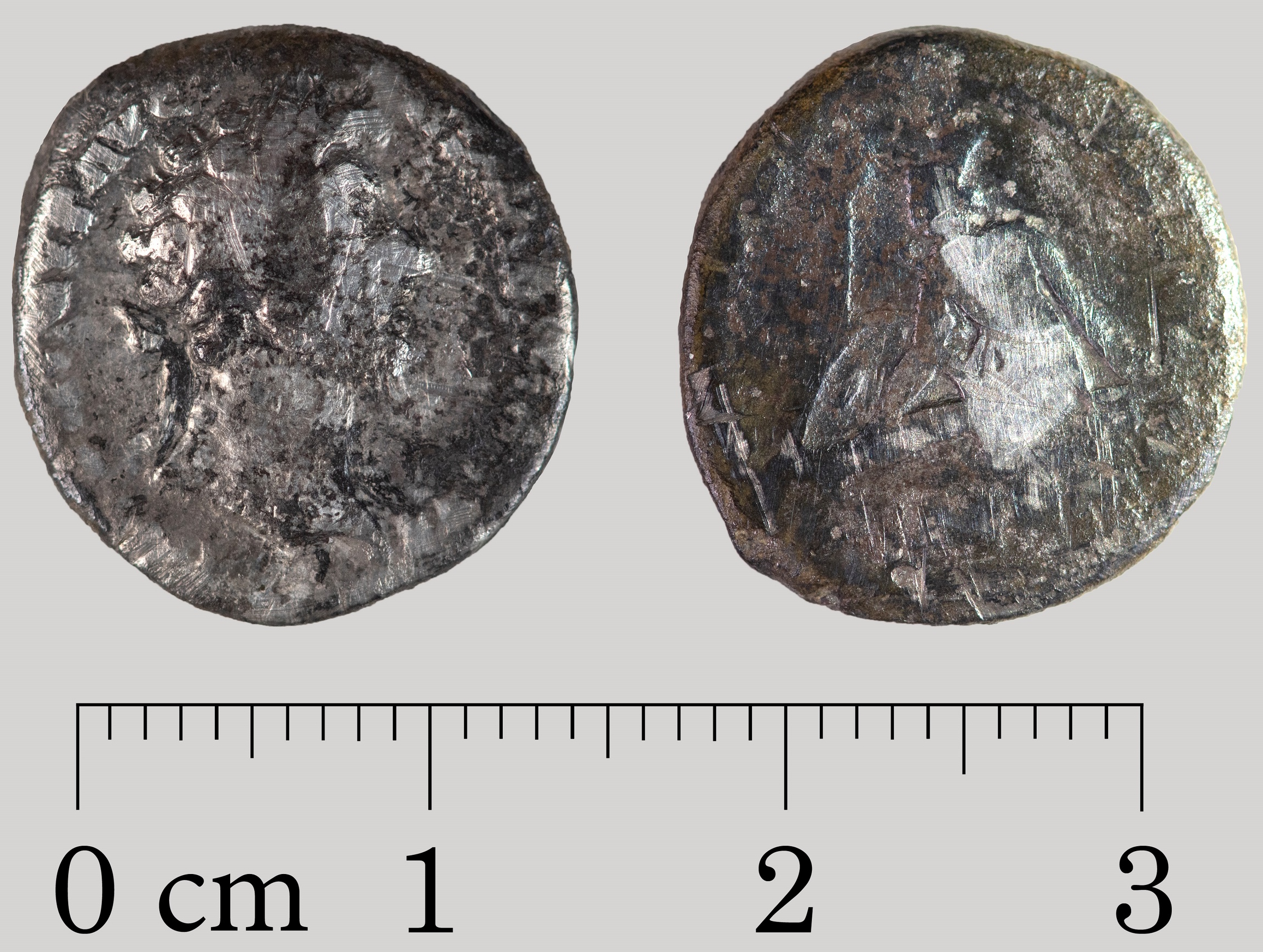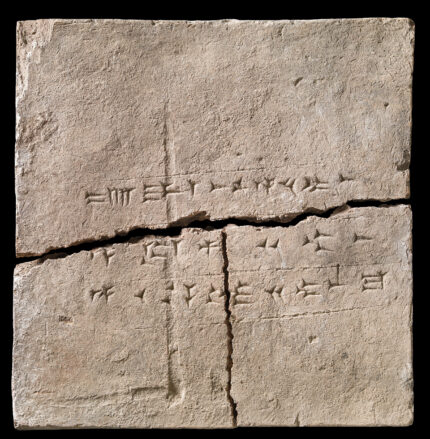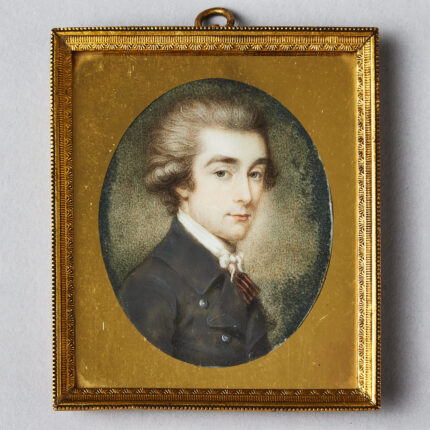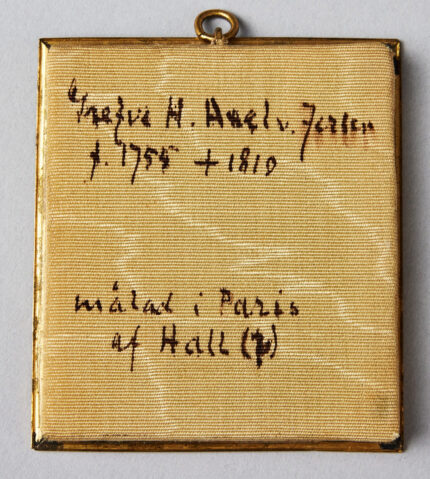The Parsonage Garden at Nuenen in Spring, an 1884 oil-on-paper-on-panel painting by Vincent van Gogh, has been returned to the Groninger Museum three-and-a-half years after it was stolen the Singer Laren museum where it was on loan for an exhibition. It was recovered by private detective Arthur Brand who specializes in recovering stolen and lost art works and has extensive contacts in the criminal underworld.
The work was one of several painted when Vincent lived in the vicarage at the church where his father was pastor. It was stolen in a brazen smash-and-grab around 3:15AM on March 30th, 2020, when the museum was closed during COVID lockdown. Two months later, Arthur Brand was sent a “proof of life” photograph of the painting next to a newspaper dated May 30th.
In August 2020, the Frans Hals painting Two Laughing Boys with a Mug of Beer was stolen from the Museum Hofje van Mevrouw van Aerden in Leerdam in a smash-and-grab with the same modus operandi. DNA evidence collected from both crime scenes pointed to a suspect dubbed Nils M. In April 2021, Nils was arrested. He was in possession of firearms and drugs at the time, but the painting was not found and he denied involvement in the thefts. Nils was convicted in 2021 and sentenced to eight years in prison and a fine he’ll never pay of €8.7 million ($9.3 million).
Nils had already sold the painting when he was nabbed. The buyer was transportation company entrepreneur and secret drug kingpin Peter Roy K, who apparently thought he could use the painting as a trade for securing a lighter sentence for his drug trafficking charges.
By 2023, however, his clever plan had failed and the painting, unsaleable due the notoriety of the theft, was an albatross around his neck. He reached out to Arthur Brand and arranged to hand over .
“We knew that the painting would go from one hand to another hand in the criminal world, but that nobody really wanted to touch it because it wasn’t worth anything,” said Brand, who is known for retrieving stolen artworks. “You could only get in trouble. So it was a little bit cursed.” […]
“Eventually, I got contacted by somebody who said: ‘Mr Brand, I could turn in the Van Gogh, but I don’t want to get into trouble.’ I had to gain his confidence, and when I had, yesterday, he decided to deliver it to my home.”
So on Monday night, an early Van Gogh worth €3-€6 million ($3.2-$6.4m) was delivered to Brand’s Amsterdam apartment wrapped in bubble wrap and stuffed into a big blue Ikea bag. The label on the back matched the one from the “proof of life” photo and Andreas Blühm, the director of the Groninger Museum who was waiting in the corner bar, confirmed its authenticity.
The painting was not treated with kid gloves during its three-year ordeal. Even in the “proof of life” pictures you could see scratches on the surface. It is now at the Van Gogh Museum in Amsterdam where expert conservators are examining it to determine a course of treatment. There is no estimated time frame for the necessary measures. It could be weeks or months until it is back on display as the jewel in the crown of the Groninger Museum.
